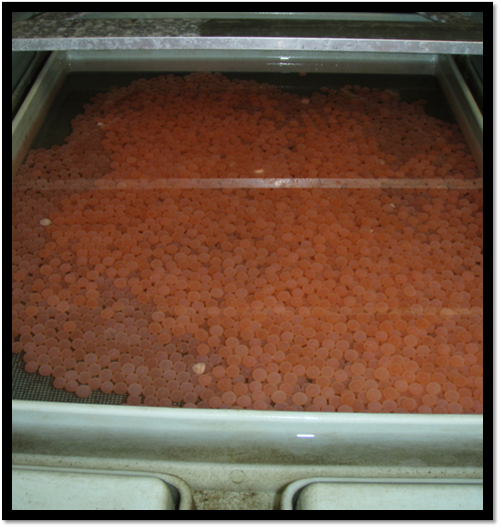Revolutionising mass fish marking one otolith at a time
The use of farmed and restocked fish to supplement the worldwide human consumption of fish, recreational fishing stocks, and conservation efforts, is growing globally. But how well fish survive after release from hatcheries is still a mystery in many places. Hatcheries seldom mark or tag all fish prior to release, despite a range of mass-marking methods being available to mark farmed and restocked fish en masse. In a recent paper, Dr. Fletcher Warren-Myers and co-authors reviewed a range of thermal and chemical otolith (ear-bone) marking methods to assess their suitability as mass marking tools for hatchery-produced fish. These marking methods were compared in terms of (1) ease of application, (2) cost, (3) mark longevity, and (4) effects on fish welfare. His conclusion? Although some techniques will have limited use due to regulations, the majority of otolith mass marking techniques are simple, easy to apply, cost effective and highly suitable for long term monitoring of hatchery produced fish.
Categories
